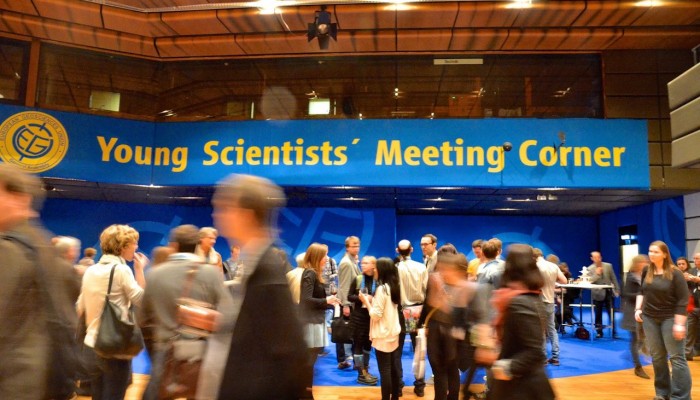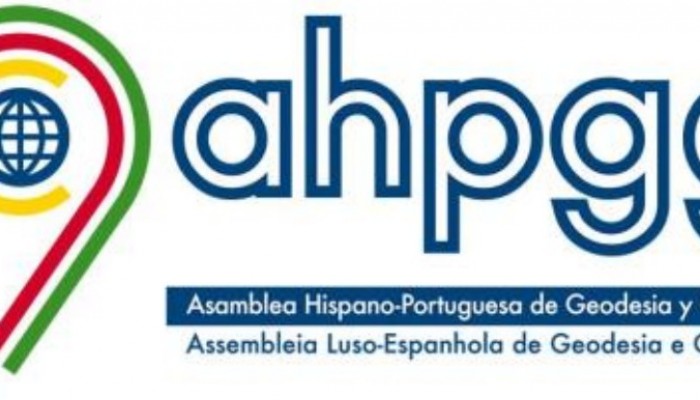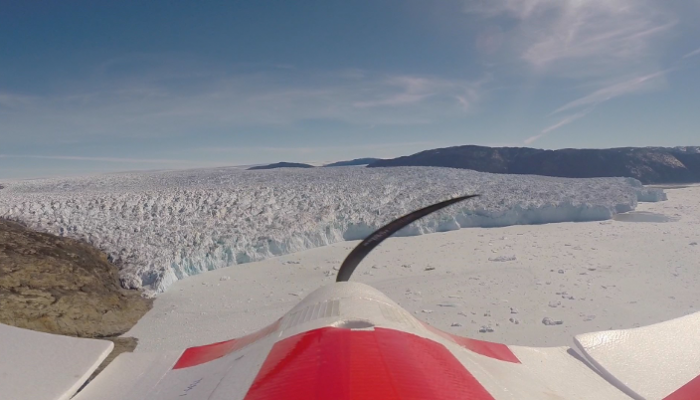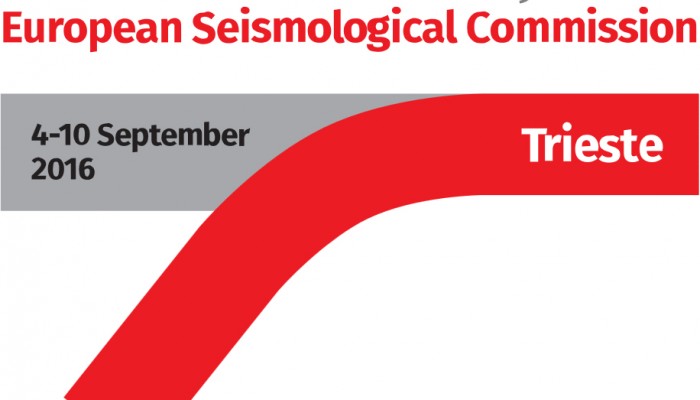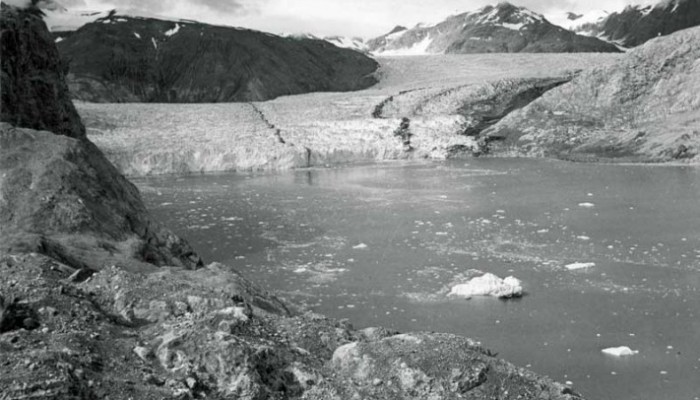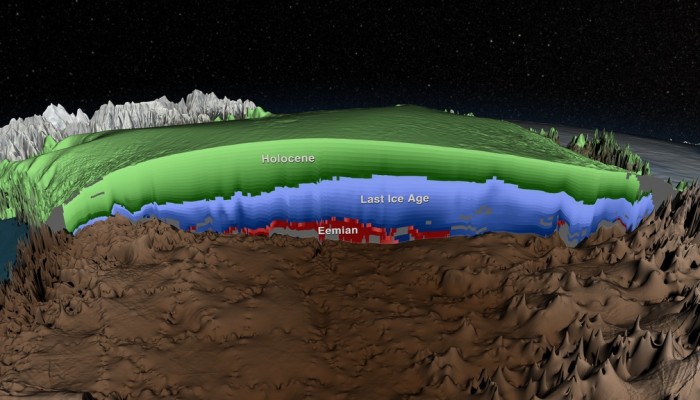My Antarctic adventure started from Punta Arenas at the bottom of Chile, opposite Tierra del Fuego, on New Years Eve 2014 after a long journey from Heathrow via São Paulo and Santiago. Punta Arenas Punta Arenas is where Shackleton organised the rescue of his men from Elephant Island after his voyage to South Georgia in the James Caird. It is also where I met my PhD supervisors Chris Fogwill and Ch ...[Read More]
Energy, Resources and the Environment
Call for abstracts EGU 2016!
The call for abstracts is now out for EGU 2016! Have a look at our exciting proposed programme in the ERE Division under the topics: ERE1 – Integrated studies ERE2 – Impact of energy and resource exploitation on the environment ERE3 – Non-carbon based energy ERE4 – Carbon based energy ERE5 – Geo-storage for a sustainable future ERE6 – Geo-materials from natural resources The abstract deadline is 1 ...[Read More]
Seismology
Spanish-Portuguese Assembly of Geodesy and Geophysics
The Spanish-Portuguese Assembly of Geodesy and Geophysics meets every two years alternatively between the two countries, Spain and Portugal. Throughout the different editions, the assembly has consolidated a forum for research in the fields of Geodesy, Seismology, Meteorology, Geomagnetism, Hydrology, Oceanography, Volcanology, Cryospheric Sciences and Applied Geophysics, and it has given continui ...[Read More]
Seismology
Renewing EGU: Vote for the President and General Secretary
A message from the EGU Executive Secretary – Philippe Courtial We herewith invite you to take part in the EGU Election Autumn 2015. You have the opportunity to vote for the next EGU President and General Secretary: Jonathan Bamber (President) Mioara Mandea (President) Carlo Laj (General Secretary) Håkan Svedhem (General Secretary) All candidates, their CVs and statements, as well as your ele ...[Read More]
Cryospheric Sciences
Image of the Week: Greenland Glacier Seen from a Drone
The use of drones or Unmanned Aerial Vehicles (UAVs) is one of the most exciting development in glaciology in recent years. The picture was taken during fieldwork conducted in the summer of 2014 by Johnny Ryan and colleague Nick Toberg. The aim was to survey Store Glacier once a day using a fixed-wing UAV, that was equipped with a digital camera, which took photos every two seconds during its dang ...[Read More]
Seismology
ESC 2016: Session proposals open
The next European Seismological Commission (ESC) meeting will be held next year in Trieste. This assembly will be the 35th General Assembly. The local organising committee, the National Institute of Oceanography and Experimental Geophysics (OGS), is glad to invite seismologists, geologists and engineers to the 35rd General Assembly of the European Seismological Commission that will be held from 4 ...[Read More]
Cryospheric Sciences
Image of the Week : 63 years of the Muir Glacier’s retreat
The Muir is a valley glacier (Alaska) that has significantly retreated over the last 2 centuries. The 3 pictures have the same field of view and record the changes that occurred during the 63 years separating 1941 and 2004. In the 1941, the terminus of the glacier is on the lower right corner of the photo. The Muir is then a tidewater glacier up to 700m thick and is well connected to its tributary ...[Read More]
Energy, Resources and the Environment
Change to Early Career Scientist definition
Earlier this year the term Young Scientist (YS) was replaced by Early Career Scientist. Now, in a positive move, the EGU Council has approved a change to the definition of an ECS. Previously the definition of an ECS was: A scientist who is 35 years old* or younger, AND who can be an undergraduate or postgraduate (Masters/PhD) student or who has received his or her highest degree (e.g., BSc, MSc, P ...[Read More]
Cryospheric Sciences
Filling the Gap between Science and Politics
Have you ever wondered how results from scientific studies make their way into policy and influence government decisions? Read about the experiences of Sammie Buzzard, University of Reading, who spent her summer working for a government body in Westminster, London, UK. This summer I had the opportunity to take some time away from my usual Ph.D. work and spend 3 months working for the Government Of ...[Read More]
Cryospheric Sciences
Image of Week: Inside the Greenland Ice Sheet
The image shows a cross section of the Greenland Ice Sheet, where a recent study by MacGregor et al. have mapped the layers imaged by radar. Thanks to ice core measurements the age of the layers have been determined, and in the image the layers from the Holocene period (the past 11.700 years) are shown in green. The ice formed during the last ice age, that spanned 11.700 to 115.000 years ago are c ...[Read More]


